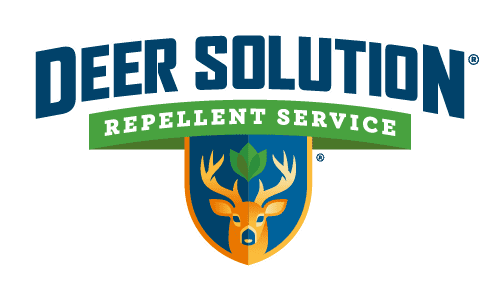Chesterfield County, South Carolina, finds itself in a challenging phase with a rising concern over deer damage to its local flora.
The county, renowned for its vibrant natural scenery and diverse wildlife, is now facing the adverse effects of an increasing deer population. This issue, particularly highlighted by the presence of deer antlers, has become a focal point for residents and authorities.
The Deer Damage Scenario
In recent weeks, Chesterfield County has seen a notable uptick in deer-related incidents. These incidents primarily involve deer causing harm to local vegetation, a concern for both private gardeners and public green spaces.
The damage, often characterized by nibbled plants and trampled bushes, reflects the growing tension between wildlife and human habitation. However, a review of the latest news from the county suggests that the specific issue of deer damage to plants hasn’t been at the forefront of local media coverage.
Current reports are more focused on the county’s preparation for severe weather conditions, with emergency management officials elevating the operational condition to OPCON2. This heightened status indicates a likelihood of emergencies or disasters impacting the county.
Additionally, infrastructure developments, such as the South Carolina Department of Transportation’s announcement about bridge repairs on S.C. 265 over the Lynches River, are underway. These repairs, expected to last approximately 120 days, may indirectly influence the movement and behavior of the local deer population, potentially exacerbating the issue of deer damage.
The Absence of Direct Reports
Interestingly, there’s a conspicuous absence of direct news articles or reports addressing the deer damage issue in Chesterfield County. This lack of specific coverage might be due to the prioritization of other pressing matters in the county, such as the aforementioned weather preparedness and infrastructure repairs.
The Broader Impact
The impact of deer on local vegetation can be profound. Deer, particularly during certain times of the year, can cause significant harm to gardens and natural landscapes. This not only affects the aesthetic value of these areas but can also have ecological consequences, altering the balance of local ecosystems.
In addressing the deer damage, it’s essential to consider various factors that contribute to this issue. Factors like changes in deer feeding patterns, population growth, and habitat encroachment play significant roles.
Understanding these aspects is crucial in devising effective strategies to mitigate the damage caused by deer, especially in a county like Chesterfield where wildlife is an integral part of the community’s identity.
While Chesterfield County grapples with various challenges, the issue of deer damage to plants remains an underlying concern that requires attention. The county’s response to this issue will need to be multifaceted, considering both the immediate need to protect local vegetation and the longer-term implications for wildlife management and ecosystem balance.
As Chesterfield continues to address its deer dilemma, the community’s commitment to coexisting with local wildlife will be put to the test.










